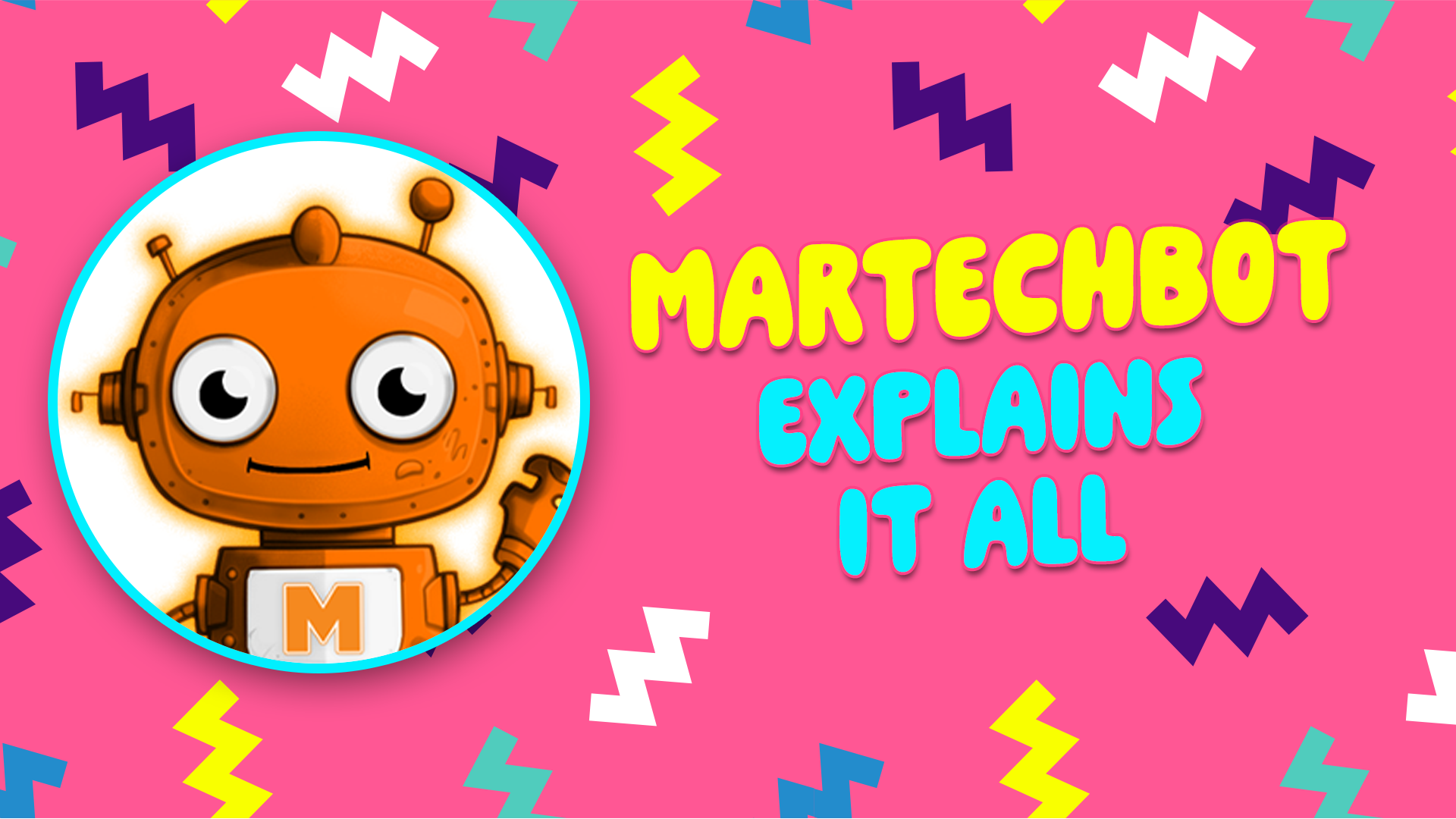
"At its core, OSI is an open, vendor-neutral standard for structuring and exchanging data. It is "semantic" because it doesn't just move raw data - it carries contextual meaning. For example, instead of just transferring a field labeled CustomerID, OSI makes explicit what that identifier represents, how it relates to other data points (e.g., transactions, engagement history) and under what definitions it should be understood."
"Key features of OSI include: Open source foundation: Anyone can implement OSI without proprietary restrictions, encouraging industry-wide adoption. Semantic layering: Data is enriched with standardized ontologies and vocabularies, ensuring consistent interpretation. Interoperability by design: Systems can "speak the same language" without requiring complex custom integrations. Extensibility: OSI can evolve with new marketing channels, customer touchpoints and emerging data categories. Think of OSI as a "Rosetta Stone" for martech platforms - ensuring that what one tool means by "customer engagement" aligns with what another system understands."
Marketing teams use many platforms (CRM, email, social, analytics, personalization) that each produce customer and campaign data, causing fragmented information, duplicated work, and limited journey insight. Open Semantic Interchange (OSI) is an open, vendor-neutral standard for structuring and exchanging data with semantic context that clarifies meaning, relationships and definitions of fields like CustomerID. OSI features include open-source implementation, semantic layering with standardized ontologies, interoperability without complex custom integrations, and extensibility for new channels and touchpoints. OSI enables consistent interpretation across tools, aligning concepts such as customer engagement between systems and reducing data silos.
Read at MarTech
Unable to calculate read time
Collection
[
|
...
]